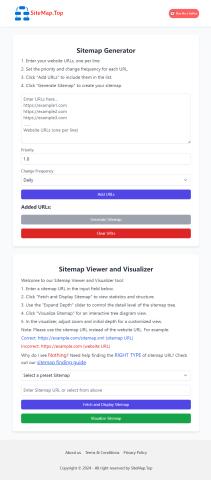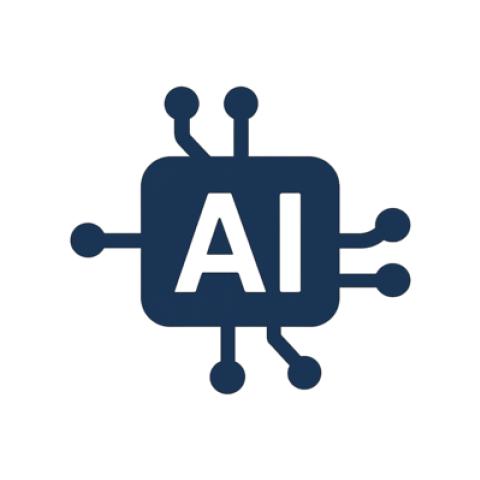In today's rapidly evolving cyber landscape, enterprises must prioritize securing their network infrastructure. CCIE Security training in Bangalore has gained significant importance as businesses look for skilled professionals to implement robust security measures. Cisco security appliances, such as firewalls, routers, and intrusion prevention systems, are integral to protecting an organization’s digital assets. Implementing best practices for hardening these devices can help prevent unauthorized access, mitigate threats, and ensure compliance with industry standards.
1. Secure Management Access
One of the first steps in hardening Cisco security appliances is to ensure secure management access. This involves:
Using SSH instead of Telnet: SSH encrypts management traffic, preventing credentials from being exposed.
Implementing Role-Based Access Control (RBAC): Restricts access based on user roles to prevent unauthorized changes.
Enforcing Strong Authentication Methods: Utilizing multi-factor authentication (MFA) for administrative access.
Configuring Access Control Lists (ACLs): Restricting which IP addresses can manage the appliance.
2. Keep Software and Firmware Up to Date
Cisco frequently releases updates to address vulnerabilities and improve security features. Regularly updating your security appliances ensures protection against newly discovered threats. Best practices include:
Applying patches promptly to mitigate known vulnerabilities.
Enabling automated updates where possible to streamline maintenance.
Testing updates in a lab environment before deploying them to production.
3. Configure Strong Firewall Rules and ACLs
A well-configured firewall serves as the first line of defense against cyber threats. To optimize security:
Implement the principle of least privilege (PoLP) by allowing only necessary traffic.
Use Stateful Inspection to track connections and prevent spoofing attacks.
Regularly review and update firewall rules to ensure alignment with current security policies.
Enable Intrusion Prevention System (IPS) policies to detect and block malicious traffic.
4. Secure Network Services and Protocols
Disabling unused services and securing necessary ones reduces the attack surface of Cisco security appliances. Key actions include:
Disabling unused ports and interfaces to minimize entry points for attackers.
Turning off unnecessary services such as HTTP and SNMP if not required.
Using encrypted protocols such as HTTPS, SNMPv3, and SFTP instead of their unencrypted counterparts.
5. Implement Logging and Monitoring
Continuous monitoring of network traffic and security logs helps detect potential threats before they escalate. Recommended best practices include:
Enabling Syslog and SNMP traps to forward logs to a centralized security information and event management (SIEM) system.
Configuring real-time alerts for critical events like unauthorized access attempts or configuration changes.
Regularly reviewing logs and reports to identify abnormal behavior or potential security breaches.
6. Strengthen VPN and Remote Access Security
With the rise of remote work, securing VPN access to corporate networks is crucial. Best practices include:
Using strong encryption standards such as AES-256 for data protection.
Enforcing MFA to verify user identities before granting access.
Restricting VPN access to only authorized users and devices.
Implementing split tunneling carefully to balance security and performance.
7. Enable Advanced Threat Protection Features
Many Cisco security appliances come with built-in advanced threat protection features that should be enabled for enhanced security:
Cisco Advanced Malware Protection (AMP): Provides real-time threat intelligence and malware detection.
Cisco Umbrella Integration: Adds an extra layer of security by blocking malicious domains at the DNS level.
Cisco Firepower IPS: Detects and prevents sophisticated attacks by analyzing network traffic.
8. Perform Regular Security Audits and Penetration Testing
Routine security assessments help identify vulnerabilities and ensure compliance with security policies. Recommended practices include:
Conducting periodic penetration testing to simulate real-world attack scenarios.
Reviewing security configurations to ensure they align with best practices.
Engaging third-party security audits for an objective assessment of your security posture.
Conclusion
Securing Cisco security appliances requires a multi-layered approach that includes strong authentication, up-to-date software, firewall optimization, and continuous monitoring. By following these best practices, organizations can minimize security risks and protect their networks from evolving threats. Professionals pursuing a CCIE Security Course in Bangalore will benefit from mastering these security hardening techniques, as they play a crucial role in safeguarding enterprise networks. Implementing these strategies will not only enhance network security but also ensure compliance with industry regulations and best practices.






